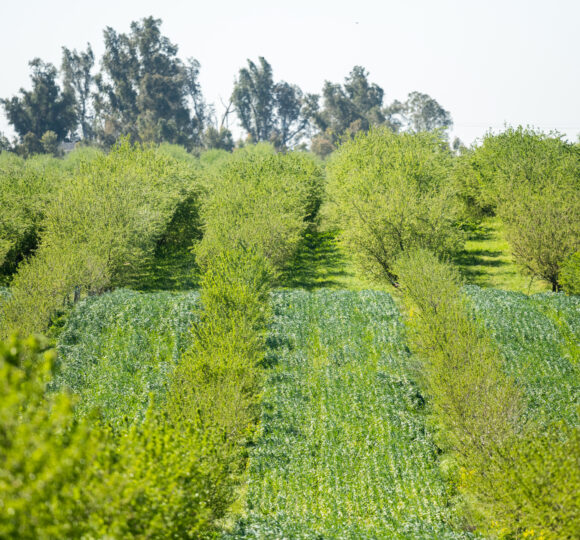The Land Evaluation and Site Assessment (LESA) system is a framework for combining multiple factors into an integrated assessment of the importance of a particular site for continued agricultural use. Such factors as soil quality, agricultural productivity, development pressure, and measures of other public values are combined into a single score that allows units of government and nongovernmental organizations to identify and protect important agricultural land and plan growth accordingly.
An agricultural land suitability assessment tool is important because problems associated with sprawl and conversion of agriculturally significant land are becoming critical. Those problems will become more troublesome, given population growth rates and associated development pressures. Moreover, land is currently being developed at a rate that exceeds the rate of population growth. Between 1960 and 1990, population in metropolitan areas grew by 50 percent while the acreage of developed land increased by 100 percent.
Planning for continued growth will be among the most important tasks this nation faces in the coming decades. Some farm and ranch land will have to be sacrificed to accommodate increased population. The question is whether we make these critical land use decisions consciously, based on solid information about the relative values of land for agriculture, environmental quality, and development, or
make them on an ad hoc basis.
Invited experts met for a day and a half to share, discuss, and debate the most promising opportunities to improve the effectiveness of LESA as an agricultural land suitability assessment tool and to identify the obstacles standing in the way of achieving those opportunities.
Workshop participants concluded that LESA is a good tool that is under used and under supported. They argued that LESA fills an important niche and that there are promising opportunities to make LESA better by empowering users and making key improvements to its technical capacity.
Workshop participants concluded that an important first step to be taken is to enhance the support available to current users and new users of LESA. Making more users aware of LESA’s existence and helping them adapt LESA to their locality and priorities is just as important as enhancing the technical capabilities of the LESA system itself. A dense, web-based support network should be built to provide
users with technical resources, technical assistance, examples of how to use LESA and to connect users with colleagues with whom they can share successes, failures and ideas. LESA training should be made available to users—particularly in high growth areas—and efforts taken to ensure the continued growth and development of the intellectual
capital on which LESA depends.
Participants also concluded that key technical improvements in LESA would markedly improve its utility as a farmland protection, land use planning, and growth-management tool. Participants stressed, however, that LESA should not abandon its most important niche as an
agricultural land suitability assessment tool. Instead, participants
recommended a two-step approach to enhancing the technical capabilities of LESA:
1. Developing an enhanced generic model of LESA for agricultural land suitability assessment, for example, by adding geographic information system (GIS) capability.
2. Developing guidance and generic approaches for linking LESA to compatible applications, such as environmental benefits assessment.
Participants suggested numerous technical improvements for LESA. The most commonly recommended ideas fell into one of three groups: (1) build an environmental benefit assessment capability into LESA, (2) enhance LESA with GIS capabilities, and (3) strengthen LESA applications for land use planning and growth management.
Workshop participants recognized that implementing their recommendation would take time. Some steps, they thought, should be taken quickly to strengthen LESA. Those steps included:
• Establishment of a web-based LESA clearinghouse and technical support network.
• The targeting of LESA training to NRCS and partner organization employees working in counties experiencing the most intense development pressure and growth-management challenges.
• Establishment of a working group to develop a framework for incorporating environmental metrics into LESA.
• Hold a LESA conference, and use the conference proceedings to produce an update of the book A Decade with LESA.
•Work with the American Planning Association to develop a report on “LESA and Applications for Smart Growth.”
Publications
Enhancing LESA
Downloadable Documents
Author
Soil and Water Conservation Society
Publisher
Ankeny, IA: Soil and Water Conservation Society
Page Numbers
21
Publication Date
October 01, 2003
Publication Type
Reports and Guides
State
National
Keywords
Federal Farmland Protection Policies & Programs, Land Evaluation and Site Assessment, Land Use Planning, Smart Growth / Growth Management





